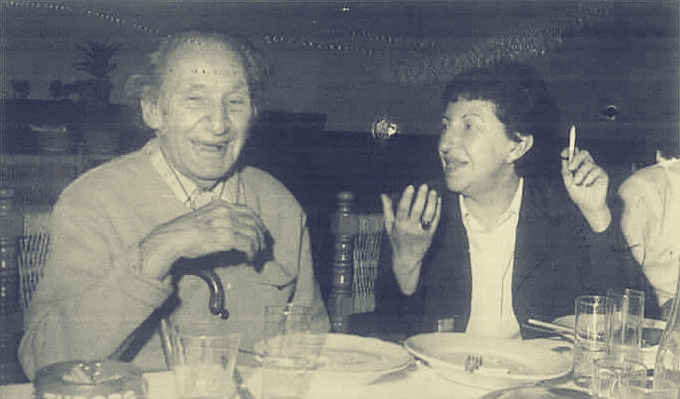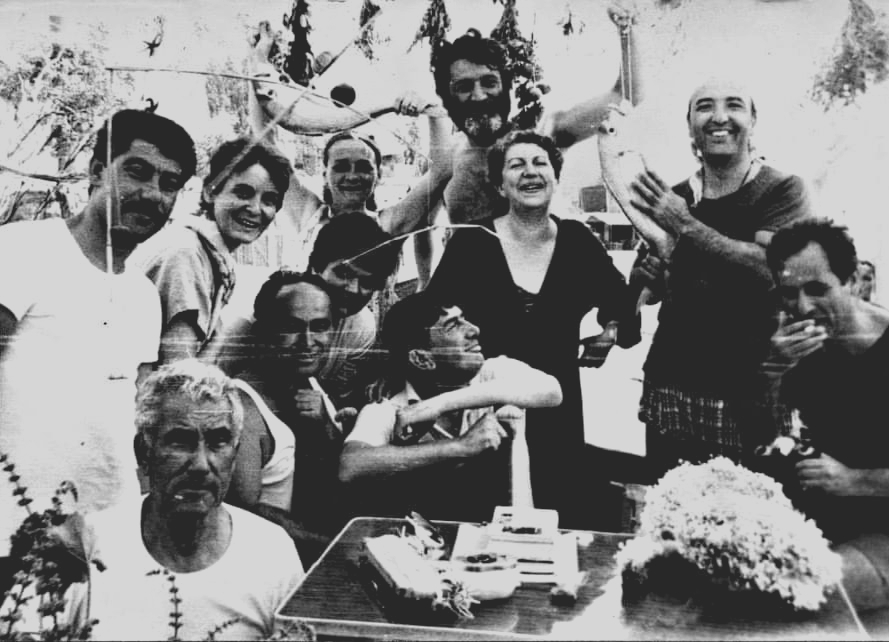Ah, Those Old Blue Voyages!
Most of us think that blue voyage came to existence on its own, and is as old as the humanity. But naturally, we are surprised when we hear that blue voyage did not come to existence on its own, on the contrary, it was the invention of a person. If we also listen to the unique rituals of those first blue voyages, we would probably have an irresistible desire to jump on a boat and sail into the past.
Blue voyage takes place in the literature with the Mavi Yolculuk (Blue Voyage) book of Azra Erhat, published in 1962. In her words, "If Halikarnas Balıkçısı (The Fisherman of Halicarnassus (Cevat Şakir Kabaağaçlı)) is the founder of blue voyage, Sabahattin Eyüboğlu is its namer."

The Fisherman of Halicarnassus, who is expelled to Bodrum in 1925 due to an article of his, falls in love with the beauty of nature and the sea he encounters. After his exile is over, he returns to Bodrum of his own accord this time and strives to discover, promote and beautify the area. It is shocking to know that the seeds of most of the palm trees we see on Bodrum's coast today and cool off in their shade were brought from abroad and planted by the own hands of the Fisherman of Halicarnassus.
The blue voyages, which were led by the Fisherman of Halicarnassus and his friend octopus hunter Paluko from Bodrum, would start in the Summer of 1945 and were mainly made to Gulf of Kerme (Gökova). In the next years, there were close friends of the Fisherman among the passengers: Azra Erhat, Bedri Rahmi Eyüboğlu, Mehmet Eyüboğlu, Sabahattin Ali, Erol Güney, Necati Cumalı, Fuat Ömer Keskinoğlu, Orhan Burian, Abidin Dino and Alev Ebüzziyya. Sabahattin Eyüboğlu, who named these voyages with tirhandils "Hürriyet" and "İstiklal" since 1965 the "blue voyage", had participated in all of the voyages until his death in 1973.
Getting rid of the feeling of alienation that comes with civilization, purifying the soul by being in the nature away from luxury, visiting and getting to know the ancient cultures of Anatolia and looking at life from a brand new perspective of humanism had become the common point of the blue voyages and the core of the blue voyage culture.

The passengers who set sail to the sea would sometimes stay in the sea for weeks, the fish and octopuses caught would be the main provisions. Nobody read the newspapers, listened to radio, or came ashore if not really necessary. Hikes were organized in the bays from time to time, historical places were discovered, history and philosophy talks were held in the evenings.
Many rituals that have been forgotten today would add soul to the blue voyages.
One of these was the blue voyage flag, which consisted of a cup and two small amphorae drawn in white paint on a light blue background. In addition, "Hello" in big white letters were written on a dark blue or navy blue flag's length, and these two blue voyage flags were hoisted to the flagpole at the pier with a ceremony. The Hello flag would be awarded to the winner of the competition held on the boat, and the actual blue voyage flag would be awarded to the blue passenger who was selected as the winner of the voyage with their qualifications.
Sabahit Eyüboğlu would make a big whirligig for each voyage he attended, this colorful whirligig made of bicycle wheels would be placed on the upper aft deck and would add joy to the passengers as it turned in the wind, and it would be a background for the photographers.
It was also a habit for the blue passengers to take boxes of medicine with them. Since the healthcare services had not been developed in the area at that time, blue passengers would distribute medicine to the local people and examine the patients if they had doctors among them.
Blue voyages, which only a few people with their own boats took for many years, became an important part of Turkey's tourism in the 80s. Blue voyage routes and stops became clear, ready package tours settled. Those who went on the blue voyage just for once either wanted to go again or listen about it from those who went.
Just as you cannot step in the same river twice as Heraclitus said, old journeys do not feel the same either. It is better that we go on our own voyage, and seek for ways to beautify the era we are witnessing, just like the Fisherman of Halicarnassus.
PHOTOGRAPH CAPTIONS:
- The Fisherman of Halicarnassus and Azra Erhat
- The Fisherman of Halicarnassus (Ara Güler)
- Azra Erhat, Cengiz Bektaş, Şükran Kurdakul, Türkan Saylan, Erol Uras,Özden Murtazaoğlu,Captain Ali and Captain Ali Fuat


